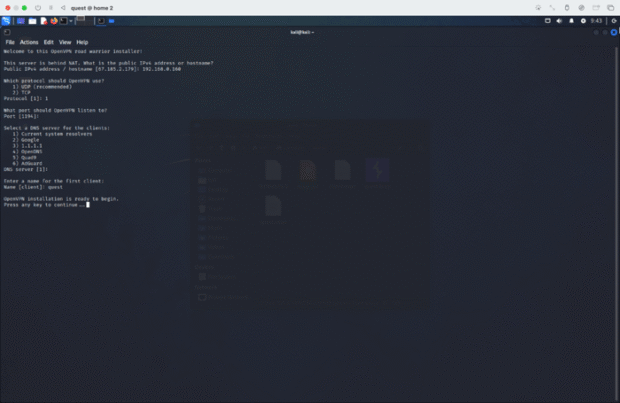
Black holes have captivated scientists and enthusiasts alike, representing one of the most enigmatic phenomena in our universe. India, with its growing prowess in astrophysics and space exploration, has played an instrumental role in advancing black hole research and contributing to a global understanding of these cosmic wonders. This post explores India’s contributions, including its involvement in gravitational wave research, advanced space missions, and partnerships with global observatories, highlighting India’s significant impact on black hole science.
1. A Breakthrough in Gravitational Waves: India’s Role in LIGO-India
India’s involvement in gravitational wave research marks a pivotal advancement in black hole studies. Following the groundbreaking detection of gravitational waves in 2015 by the Laser Interferometer Gravitational-Wave Observatory (LIGO) in the U.S., India announced its collaboration to create LIGO-India, a gravitational wave observatory set to become operational in the coming years. LIGO-India will act as a partner to LIGO’s global network, allowing for more precise detection and localization of gravitational waves produced by black hole collisions. This facility positions India as a major contributor to gravitational wave astronomy, offering insights into black hole mergers and cosmic events.
For more on the LIGO-India Project, visit the official website.
2. ISRO’s AstroSat Mission: India’s Space-Based Observatory
India’s first multi-wavelength space observatory, AstroSat, launched by the Indian Space Research Organisation (ISRO) in 2015, has opened new windows into studying black holes. Equipped with a suite of telescopes observing ultraviolet, optical, and X-ray wavelengths, AstroSat allows researchers to study black holes in extraordinary detail. The observatory has facilitated discoveries regarding the behavior of black holes and neutron stars, adding to global data on these high-energy phenomena.
Through AstroSat, India has contributed significantly to the understanding of black hole emissions and accretion processes, where matter spirals into black holes, releasing immense energy. This observatory has enabled Indian scientists to produce pioneering research on black holes, expanding both national and international knowledge.
For further reading, check ISRO’s AstroSat Mission page.
3. Collaboration with the Event Horizon Telescope (EHT)
The Event Horizon Telescope (EHT) collaboration made headlines worldwide when it captured the first-ever image of a black hole in 2019. India’s contribution to this groundbreaking project, though indirect, highlights its global presence in black hole research. Indian scientists and research institutions, including the Tata Institute of Fundamental Research (TIFR) and the Inter-University Centre for Astronomy and Astrophysics (IUCAA), actively contribute to EHT data analysis, helping refine images and improve our understanding of black hole event horizons.
Collaborative research through EHT and similar projects reflects India’s commitment to advancing black hole science. Learn more about EHT’s collaborative research.
4. Development of Indigenous Technologies for Space Exploration
India’s space research initiatives have paved the way for the development of indigenous technologies critical for exploring black holes and other cosmic phenomena. India is now advancing its research with the upcoming XPoSat (X-ray Polarimeter Satellite) mission, which will study cosmic X-ray sources, including black holes and neutron stars, by measuring the polarization of X-rays emitted. XPoSat’s findings are expected to provide valuable information on the properties of high-energy cosmic events, contributing to the global knowledge pool on black hole behavior and high-energy physics.
These technology-driven missions reinforce India’s growing capacity for independent research in black hole science and emphasize the country’s dedication to cutting-edge space exploration.
Learn more about India’s future missions on ISRO’s official website.
5. Research Institutions Paving the Way in Black Hole Science
India is home to premier research institutions that actively engage in black hole studies. Institutes like IUCAA in Pune, TIFR in Mumbai, and the Raman Research Institute in Bengaluru are at the forefront of astrophysical research. These institutions contribute both theoretical insights and data analysis expertise, collaborating with global space research programs and observatories.
Indian scientists at these institutions have published widely on the properties of black holes, from Hawking radiation to the accretion of matter around black holes. With India’s scientific community deeply engaged in both observational and theoretical black hole research, these institutions drive India’s influence on the international black hole research stage.
For insights on research from Indian institutions, explore IUCAA’s contributions.
6. Educational Initiatives to Inspire Future Generations
Recognizing the importance of black hole science, India has launched various educational initiatives to inspire young minds in astrophysics and space exploration. Programs like Vigyan Pratibha and the INSPIRE (Innovation in Science Pursuit for Inspired Research) scheme offer students hands-on exposure to space science and foster curiosity about the universe’s mysteries. The popularity of black hole research in India is growing, with more students pursuing astrophysics, which may lead to significant contributions in the future.
These programs help build a pipeline of talented scientists equipped to carry forward India’s black hole research legacy.
Find out more about INSPIRE’s programs.
India’s Continuing Legacy in Black Hole Research
India’s contributions to black hole research represent a fusion of advanced technology, international collaboration, and academic dedication. Through initiatives like LIGO-India, AstroSat, and indigenous space missions, India is firmly positioned as a leader in the study of black holes. These achievements demonstrate India’s capacity to contribute meaningfully to cosmic discoveries and underline the potential for future breakthroughs as young scientists continue to push boundaries in astrophysics.
By supporting education, pioneering technology, and participating in global collaborations, India continues to unravel the mysteries of black holes and deepen humanity’s understanding of the universe.
#TrendingNow #InspirationDaily #ExploreMore #LifestyleTips #InTheNews #DigitalAge #Insights #Innovation #BehindTheScenes #WorldView #Digital #forensic
Read more on our more trending special page











Be the first to leave a comment